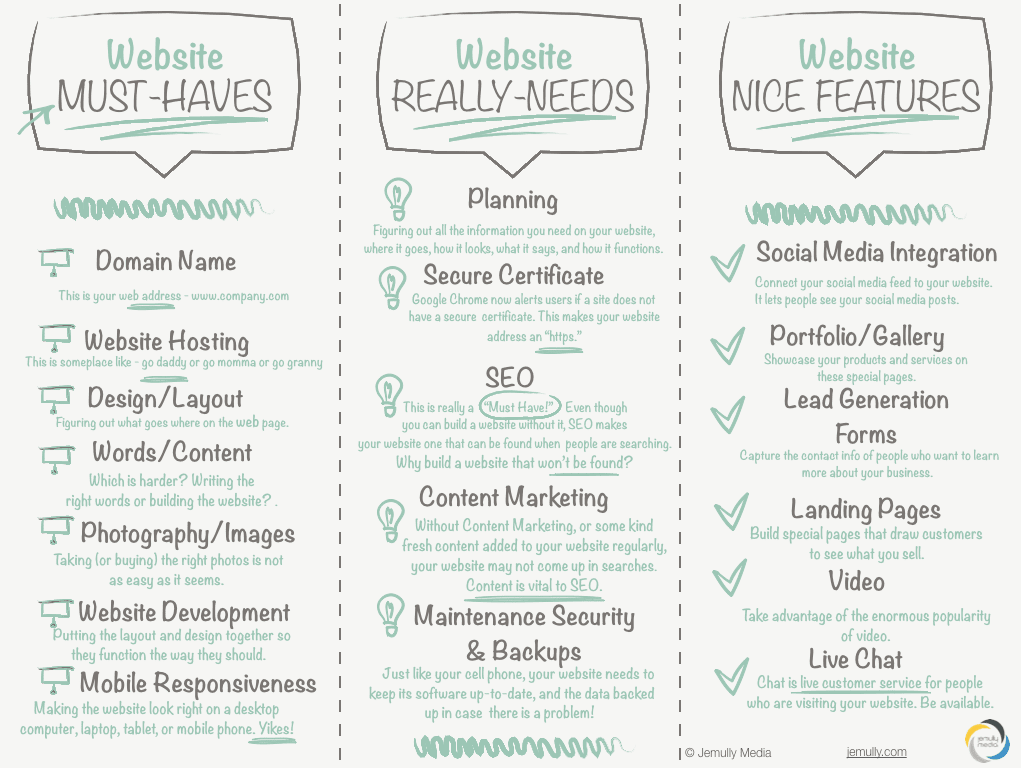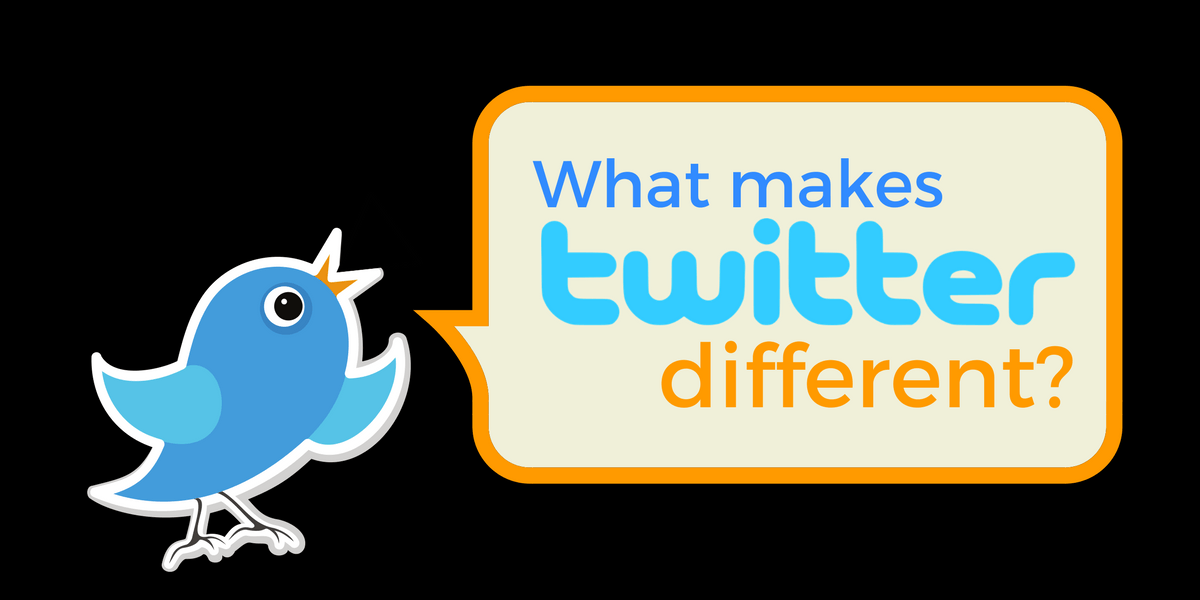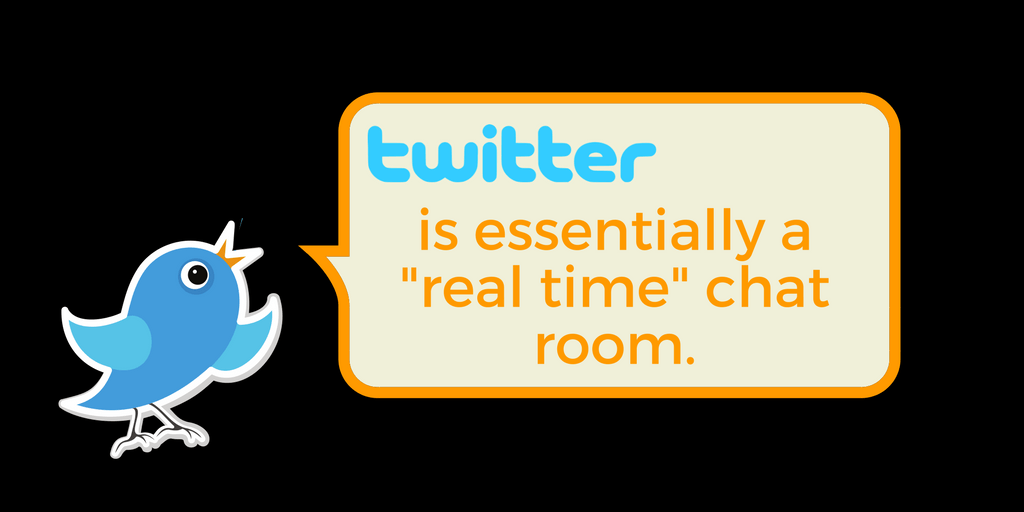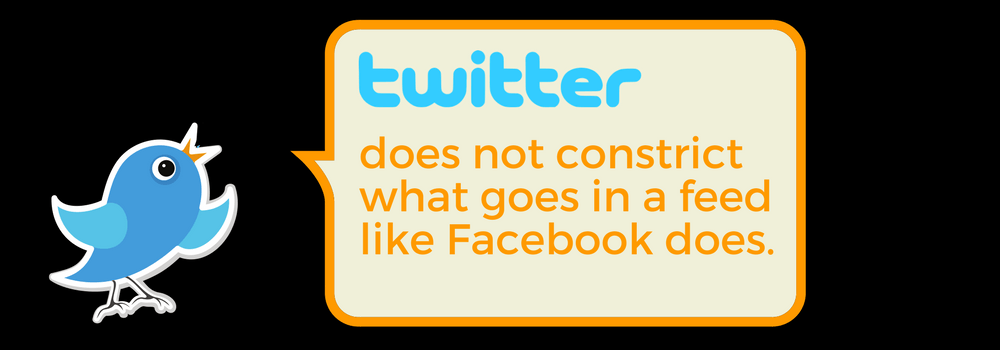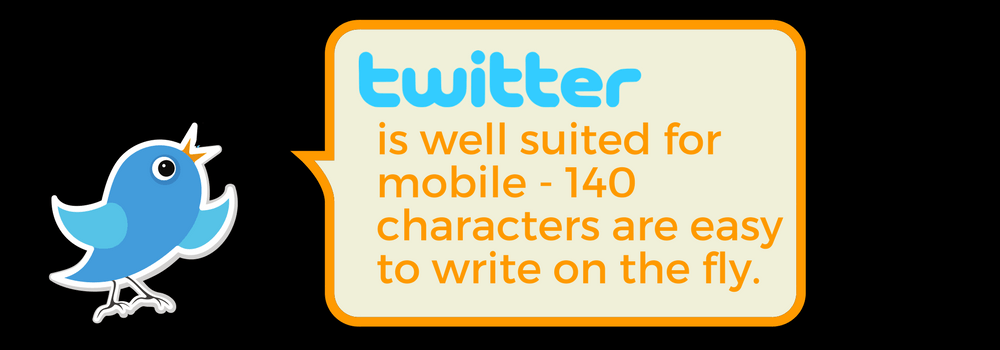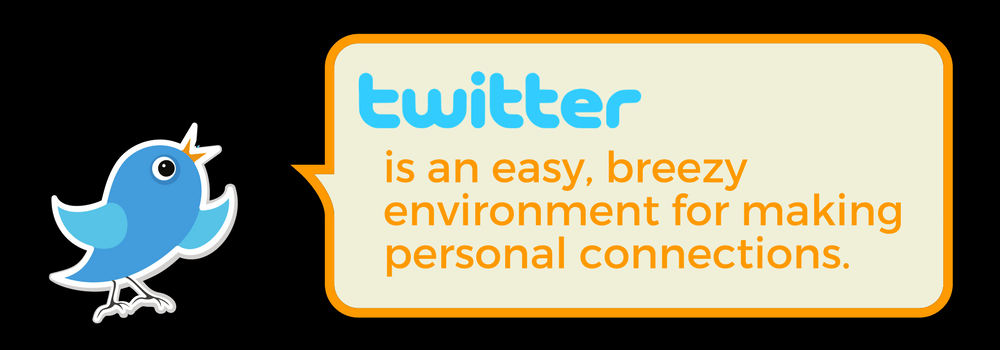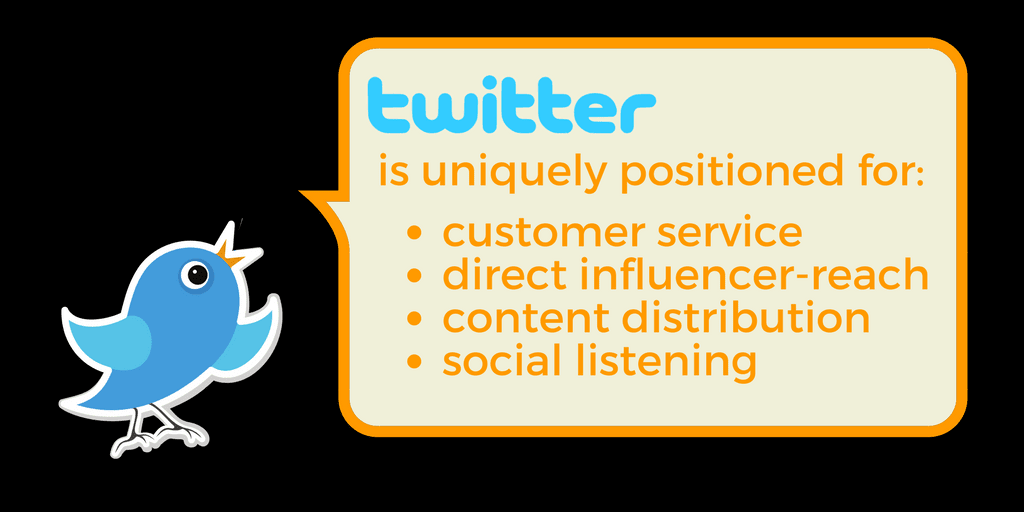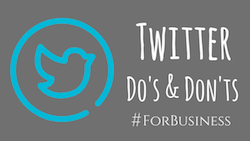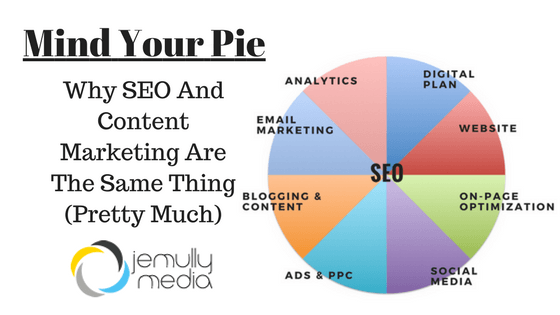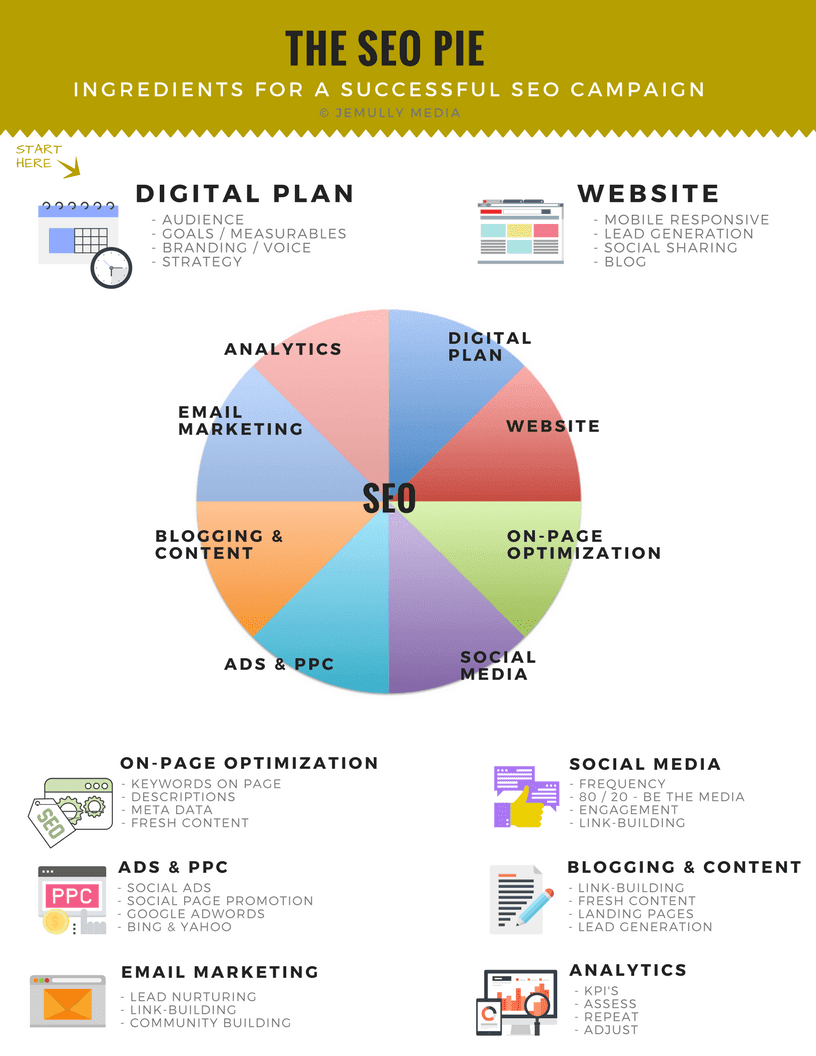The Tipping Point, by Malcolm Gladwell, is not a book about business. But in this article, we will extract some business lessons from The Tipping Point. Instead of being about business, the book is a deep-dive into historical events, with dollops of sociology and psychology. Why do people take action? Why do some plans work, where others fail? What causes a small occurrence to blossom into a larger trend? What causes an epidemic to take hold? The common thread is that each of these questions implies a tipping point of some sort. A moment when small changes become exponential. With his book, Gladwell set out to help us identify, and perhaps even create, tipping points in our own lives. This is done by exploring real-life tipping points from key historical “epidemics” of all shapes and sizes.
What exactly do we mean by epidemics? In addition to the viral outbreak of disease, an epidemic can be anything that “catches on”; word of mouth, crime, mass hysteria, clever marketing gimmicks, fashion, etc. You name it.
Read on for the components that can be found in any epidemic, followed by a few ways you might apply the book’s lessons to your business.
The Three Rules Of Epidemics
- The Law of the Few
- The Stickiness Factor
- The Power of Context
The Law Of The Few
The “Law Of The Few” is the idea that, in terms of virality, not all people are created equal. Some in society carry a much greater potential for transmitting something (information, illness, etc.) to greater numbers of people. There are three main types of people who accelerate epidemics.
- Connectors
- Mavens
- Salespeople
Simply put, Connectors know a lot of people. As obvious as that sounds, some people are much more skilled than the rest of us at maintaining casual acquaintances with a large number of people. As Gladwell puts it, they are masters of the “weak tie.”
⇒Think Paul Revere. On his midnight ride, he spread word of the British invasion. He was a connector who knew people of all stripes in many different social circles. There was no one better to get the word out than the person who knew practically everyone.
Do you know a passionate person who always seems to have the best advice? Someone you trust above all others? These people are Mavens. Not only do mavens feel driven to collect and organize as much information as possible, they are delighted to share their knowledge and assist others. They combine valuable information with the social skills to disseminate it.
⇒Again, think Paul Revere. As a maven involved with many organizations and committees, he not only knew many people in the area, but he knew the right people to tell first, and exactly where to find them.
Finally, there are Salespeople. These folks are adept at finding an engaging conversational rhythm, no matter their audience, and they are emotionally intelligent enough to subtly inspire agreement in others.
⇒Sticking with The Midnight Ride, the salespeople were those among the crowd who convinced everyone of the necessity to take action against the coming invasion, after Revere had already come and gone.
The Stickiness Factor
Some trends or products catch on in a big way. Some viruses are highly communicable and infect many. This quality, a combination of contagiousness and staying power, is called The Stickiness Factor. In the case of illness, “stickiness” is generally a very scientific matter. As with social phenomena, say a hot new fashion, emotion plays a larger role. Something that empowers an individual, makes it easy for them to improve their lives, or just makes them feel “cool,” is likely to have higher-than-average stickiness. A few examples from the book:
- Lester Wunderman devised an iconic (and sticky) “treasure hunt” campaign for Columbia Record Club in 1978 that blew away the company’s traditional saturation campaign.
- After multiple attempts to inform college students of free tetanus shots on campus, the information only became sticky when the info booklets included a campus map and the health office’s operating hours.
- Sesame Street are Blue’s Clues are hit children’s television programs that also managed to make learning “sticky” for children by painstakingly structuring the content.
The Power of Context
The Power of Context is the somewhat radical idea that human behavior is just as susceptible to subtle factors in the environment as it is to genetics or the circumstances in which a person was raised. The idea that, under the right conditions, anyone would be capable of doing something that would normally be considered “uncharacteristic.”
Gladwell’s star example example of altering behavior through subtle changes (thus creating a tipping point) is how “Broken Windows Theory” led to the renovation of the New York City Subway in the 1980s. Broken Windows Theory is a concept in law enforcement stating that areas featuring signs of disrepair, such as broken windows, are more susceptible to heightened elements of crime. At the time, the subway was a notorious crime magnet, the cars were covered in graffiti, and many people refused to pay their fares (opting to hop over the turnstile, instead).
 The renovation boiled down to two things: scrubbing the graffiti off of every subway car, and arresting fare-beaters. The refusal of the city to release any defaced subway cars into circulation, and a series of very public arrests of petty criminals at the stations, changed the subway-riding environment in two subtle but visible ways. The laws didn’t change, just the enforcement and perception of them afterward. Crime plummeted. It was an epidemic in reverse, if you will.
The renovation boiled down to two things: scrubbing the graffiti off of every subway car, and arresting fare-beaters. The refusal of the city to release any defaced subway cars into circulation, and a series of very public arrests of petty criminals at the stations, changed the subway-riding environment in two subtle but visible ways. The laws didn’t change, just the enforcement and perception of them afterward. Crime plummeted. It was an epidemic in reverse, if you will.
When we begin to look for the context surrounding a certain phenomenon, we can discover the small changes to a particular environment that can lead to precipitous change.
Idea Diffusion
Revolutionary ideas (or products) tend to follow this pathway through society:
- Innovators
- Early Adopters
- Early Majority
- Late Majority
- Deliberates
- Skeptical Mass
- Laggards
The segments of society noted above tend to fall perfectly along a standard distribution curve, though not every subject will make it through the entire curve.
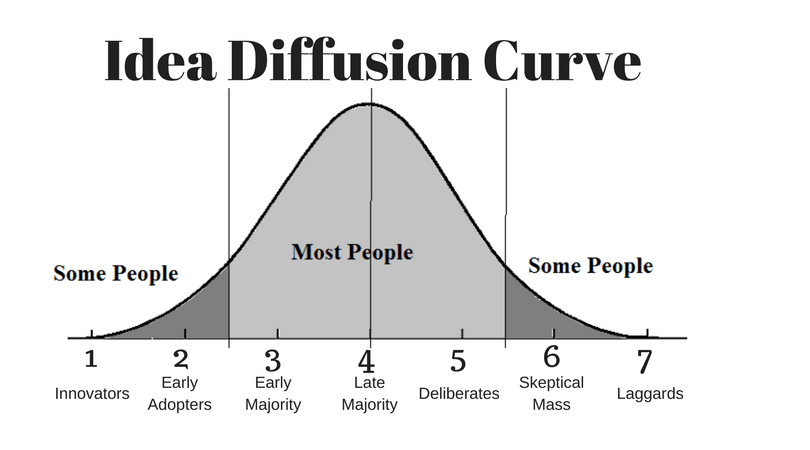
Innovators and Early Adopters are out ahead of everyone else because they are looking for a “quantum leap” and are often in the position or mindset to take risks. Everyone else lags behind to some degree because they are more risk-averse and are comfortable with incremental and predictable progress.
The key for creating a viral idea is to span the chasm between the early folks and the late. Successful idea diffusion happens the same way rumors spread. The initial concept that works for the Innovators/Trendsetters/Cool Kids gets tweaked and sharpened in a way that makes sense to the Mainstream.
4 Lessons From ‘THE TIPPING POINT’
Make Your Business Sticky
“There is a simple way to package information that, under the right circumstances, can make it irresistible.” (p. 132)
That’s what they call “the real trick.” Stickiness is a quality that can lead to addicted customers, and help create long-running repeat business.
Know Your Product Life-Cycle
Track how your products flow through various market segments, and understand that trying to change that process may not work.
In the mid-90s, Airwalk produced highly technical skate shoes for avid skaters. These were products for the innovators, the trendsetters, the “cool” kids. When Airwalk caught on with their target market, they were able to span the chasm to the mainstream by producing a less technical, more widely available shoe to be sold in malls. While the Innovators still got their semi-exclusive, cutting edge shoe, it remained trendy, and the mall version allowed the Mainstreamers to take pride in wearing a cool brand. The brand unraveled when Airwalk stopped marketing to both individual markets and started providing the exact same products to both boutiques and department stores.
Find The Few
Connectors, Mavens, and Salespeople are not defined by wealth or social status. They are people who are looked up to, beloved, and respected within their social circles. They will also comprise a wholly different set of people, depending on the scenario. To create a tipping point of any kind, these are the people you must find and cultivate within your world.
In the Internet age, we have more information clutter than ever, which ironically, means we tend to rely more heavily than ever on the experts who know more than we do. These people are the mavens of the modern age.
Maven Traps
Learn to set “Maven Traps” to catch the attention of the mavens, enthusiasts, early adopters, etc. Many people have massive social influence, but trusted Mavens are rare.
As an example of a maven trap, Gladwell mentions the 800-number on individually packaged bars of Ivory soap. The number is for questions or comments about the soap, but, “who on earth could ever have a question about Ivory soap,” asks Gladwell. The answer: soap mavens. Take care of your Mavens when you are fortunate enough to find them!
What other lessons have you taken from ‘The Tipping Point’ and applied to your business? Let us know!






 The renovation boiled down to two things: scrubbing the graffiti off of every subway car, and arresting fare-beaters. The refusal of the city to release any defaced subway cars into circulation, and a series of very public arrests of petty criminals at the stations, changed the subway-riding environment in two subtle but visible ways. The laws didn’t change, just the enforcement and perception of them afterward. Crime plummeted. It was an epidemic in reverse, if you will.
The renovation boiled down to two things: scrubbing the graffiti off of every subway car, and arresting fare-beaters. The refusal of the city to release any defaced subway cars into circulation, and a series of very public arrests of petty criminals at the stations, changed the subway-riding environment in two subtle but visible ways. The laws didn’t change, just the enforcement and perception of them afterward. Crime plummeted. It was an epidemic in reverse, if you will.




